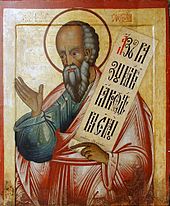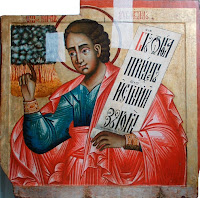The Book of Haggai
Background of Haggai Time: 520BCE (Persian Period) Place: Yehud Kings: None. Ruled by High Priest + Governor Political Backdrop: · We’re back from exile! Step 1: Assyrians are the Big Bad: Northern Kingdom falls (722BCE) Step 2: Babylonians take over as the Big Bad: Southern Kingdom goes into exile (586BCE) Exile period… 539BCE: Neo-Babylonian Empire falls to Cyrus the Great (Perisan Empire) Step 3: The Persian Empire sends us home! (538BCE) Primary Themes of Haggai: · The necessity to rebuild the Temple! · ‘On that day’ no longer refers to returning from exile · Haggai speaks to the leadership – more like the historical prophets than the literary prophets! Structure of Haggai Content Verses Section 1: Accusation! Chapter 1 Superscript – so many details! 1:1 Why haven’t you built the House? 1:2-11 T

